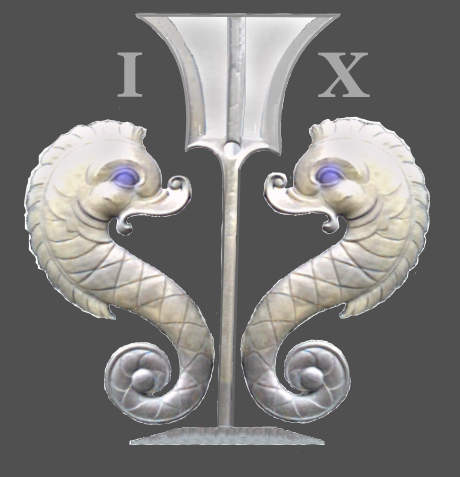Intracoastal Waterway - Day 13
/Day 13 - 54 nm to go It was a boisterous, no-sleep night. The wind howled to 30+ knot winds from the southwest. The anchor alarm sounded about 12:30 am; we were dragging. We were up on deck in a flash. The anchor had evidently broken free and we were traveling at about .5 knot towards the channel. We had plenty of room and water all around us, but still it was disconcerting to know that our big, hefty 80# Manson Boss anchor and 100' of chain couldn't keep us in place in 12' of water. We re-anchored and set the hook once again, but what little sleep we got the rest of the night was fitful at best.
The morning dawned sunny, but it was still blustery with 25 knot winds whipping up white caps. We wended our way through the Abermarle Sound-Great Bridge Canal. It was a circuitous route, but deep (15-20') in most parts. Some areas shoaled and we kept one eye on the chart plotter, one on the depth meter, one on the hazard notes and one concentrating on the actual channel and markers. Thank goodness we have four eyes aboard.
We crossed into Virginia and after a hefty dose of bridge transits, we tied up to the free docks in Chesapeake, Virginia. What a delightful place to stop. The wharf is new and accommodates about 5-6 boats, but we were the only ones there. Not for long though … three more boats showed up within an hour and the dock was full to capacity when another boat showed up later. We chatted with the other cruisers … two Canadian boats, another from Washington state and a big traditional ketch from New Orleans. That's Cups on the far end.

Adjacent to the docks is a lovely little park with a short loop walk along the canal and several historical markers touting Chesapeake, VA as the first land battle of the American Revolution in Virginia. We whupped the Brits in the Battle of Great Bridge.

There was a short path to the main road. We crossed the Great Bridge bascule bridge ... on land for a change ... and got a good look at the bridge and canal from a different perspective when it opened at 3pm.

A huge, wide barge was making a transit. We marveled at the expertise required by the tug captain to negotiate such a huge barge around the river bends and through the bridges. We were quite happy that we hadn't been in the canal when he came through because there would have been no room left for Nine of Cups.

A fine, big grocery store, Farm Fresh, was only a ¼ mile away. We stopped for a late lunch/early dinner and a cold beer en route. We figured shopping on empty stomachs was a bad idea. We stocked up on freshies and a few other basics and hauled it all back to the boat. We were all set for another few days at anchor.
It was a pleasure to be tied up at the dock ... all snug and secure … and free. We slept like rocks till morning.














